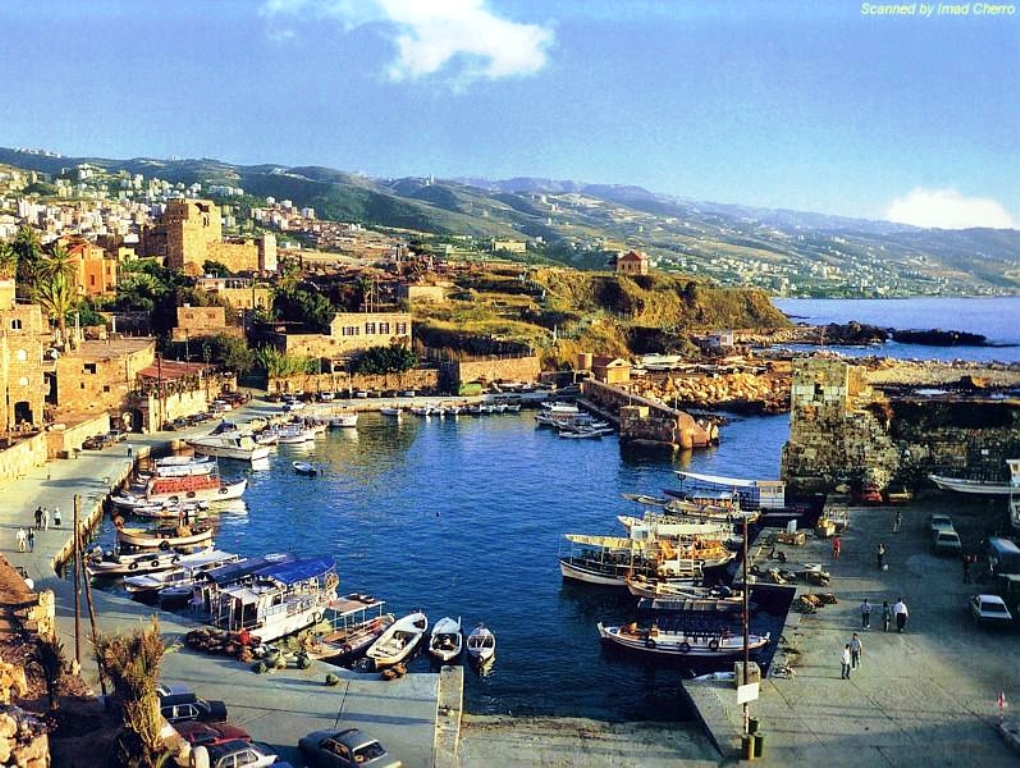
PHOTO: visitparadiselebanon.com
The city of Byblos is considered by the UNESCO World Heritage Foundation to be one of the oldest continuously inhabited cities in the world. For thousands of years, Byblos, in Lebanon, was famous for shipping the country’s ceders all over the world, especially to ancient Egypt, Israel, and Babylon. According to the Bible, Lebanon’s cedars were used in the construction of Solomon’s temple.
The trouble is, nobody actually knows where the ancient, original port of Byblos is.
Lebanese archaeologist Dr. Martine Francis-Allouche and French Egyptologist Nicolas Grimal began their search where marine-archaeology-pioneer Honor Frost began it, in the 1960s. The project is called “Byblos and the sea”, and they’re attempting to trace all the evidence back to the original location of Byblos’ port.
“From dawn to dusk we are in the sea,” Geroge Papatheodorou, professor of environmental and geological oceanography at the University of Patra, said, “We plan the boat routes so as to form a dense canvas of courses to collect as much data as possible. We are very close to locating the ancient Byblos port. We are still not certain about its exact size and location.”
The team has discovered a general area where they think the port might rest, based on the data they’ve collected. The team is hoping to document the history of Byblos when it was at its height, as a trade capital of the ancient world. They’re using a host of special instruments that allow them to investigate the seabed as if it wasn’t covered in miles of water.
![Ancient Greek amphitheater in Byblos. [PHOTO: tripadvisor.com]](https://historythings.com/wp-content/uploads/2016/12/byblos.jpg)
Ancient Greek amphitheater in Byblos. [PHOTO: tripadvisor.com]
“It is a port that has been filled with debris.” Papatheodorou said, “Part of it is under the land and another part lies under the sea. After its location has been established, archaeologists will launch test digs to unearth the port. We believe that it is buried a few meters beneath the sea floor.”
They’re not exactly sure when they’ll have the location of the port firmly in hand. The search continues, even after forty years. Finding the port of Byblos would be an immense discovery for Lebanon, contributing a vast amount of artifacts and historical information to their cultural heritage.
The team plans to begin digs on the supposed site in the spring of 2017, when they’ve analyzed all the data they’ve discovered so far over the winter.

